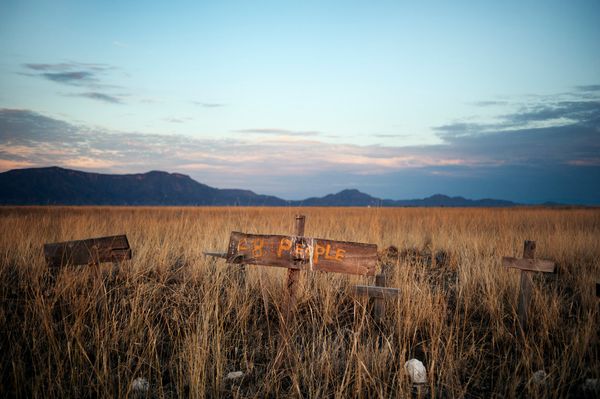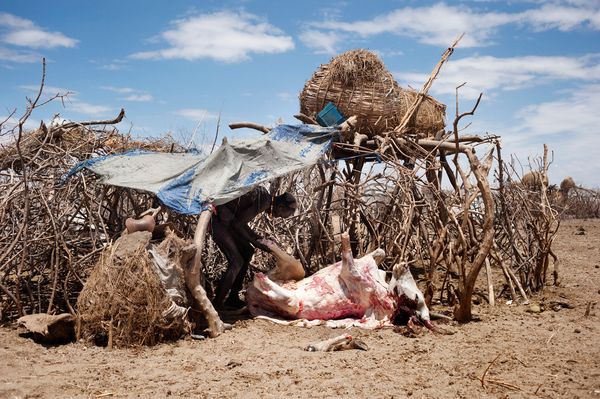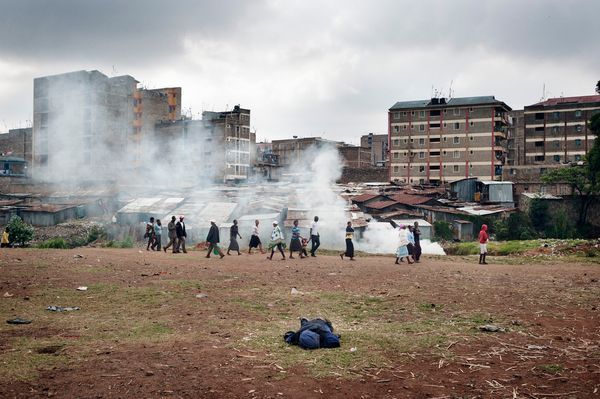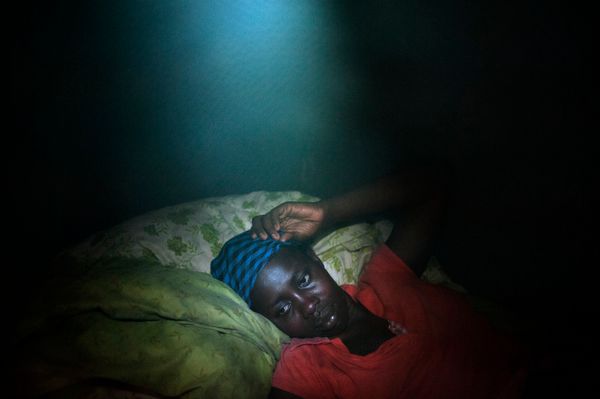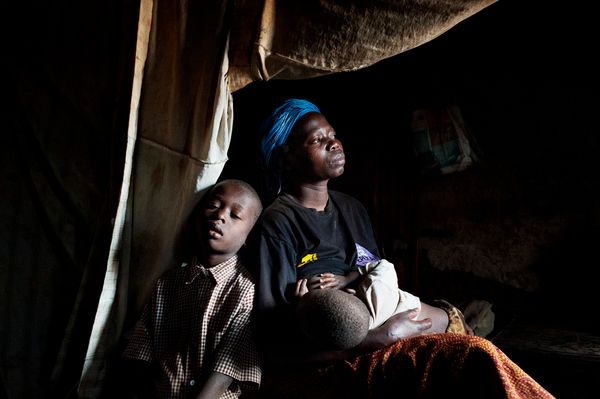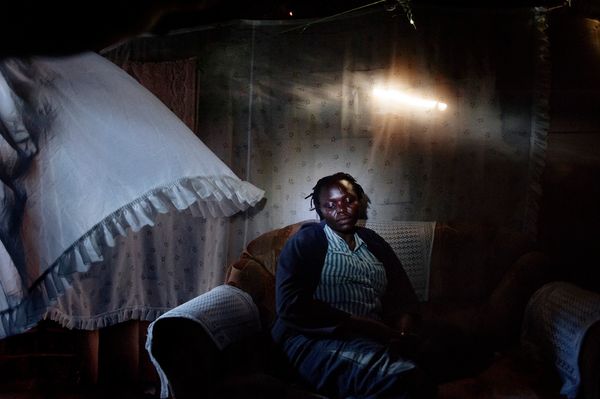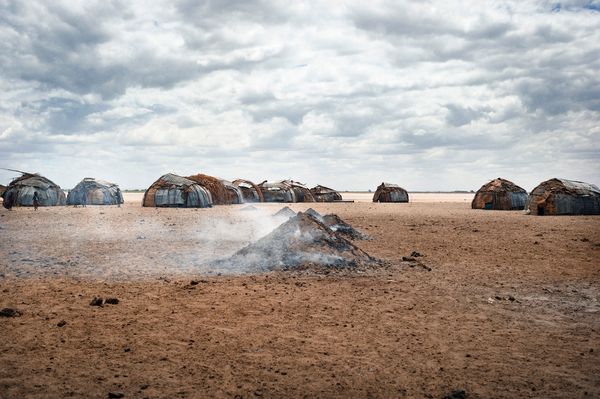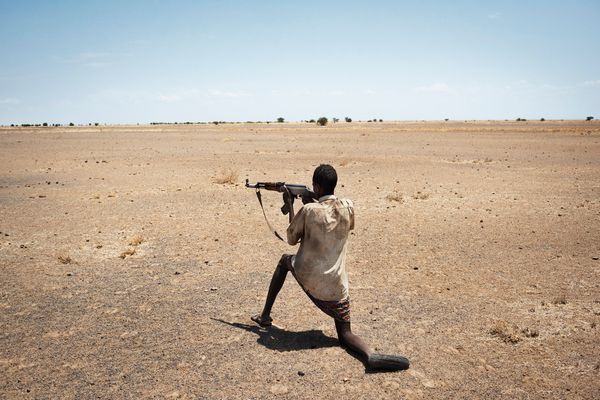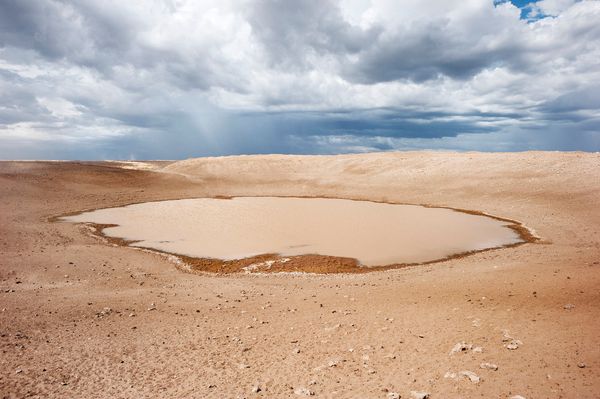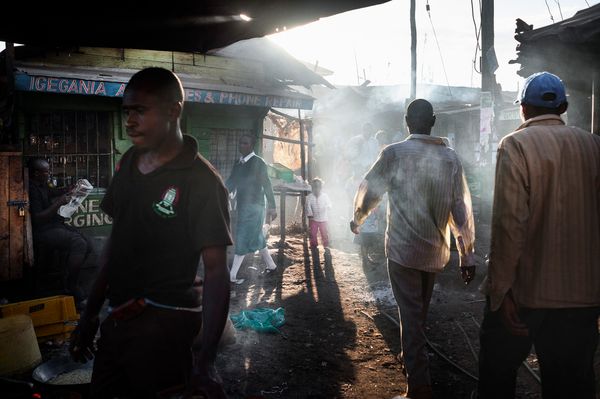Environmental migrants: the last illusion. Kenya, Nairobi
-
Dates2013 - 2013
-
Author
In 2008, for the first time in history, there are more people living in cities than in rural areas.
In 2008, for the first time in history, there are more people living in cities than in rural areas. Cities will grow even larger due to climate change and to environmental migrants: people who escape from environmental stresses and look for chances of a better life in the city of their own countries. However, once they get there, because of their lack of resources, education and opportunities, their dream of a favourable future turns into the last of their illusions. In 2050, the Earth will have to face the trauma depicted by 200 million environmental migrants, who are destined to become the new humanitarian emergency of the planet in the next few decades
The Horn of Africa is one of the areas most affected by the climate change and by the process of environmentally driven migration. Desertification is advancing relentlessly to the border between Kenya and Ethiopia bringing with it armed conflicts over grazing land, as well as drought and famine.
Among the tribes living around the area of Turkana in Kenya, the number of cattle a man owns measures his wealth. The absence of rain decimated the animals and the farmers are constantly engaged in internal clashes for the control of water resources and grazing lands, which are becoming more and more limited. The fear of tribal conflicts and the lack of prospects have been forcing many Kenyans to look for socio-economic security in the capital, Nairobi. However, once they settle there, their hopes vanish in the slums, those shantytowns where the population doubles together with extreme poverty. Here the circle ends: the supply of safe water and basic sanitation is insufficient and health conditions become inhumane.
Kenya is the last section of my long-term project “Environmental migrants: the last illusion” started in 2011 and including two more chapters: Ulan Bator – Mongolia and Dhaka – Bangladesh.
My intention is to continue to narrate the stories of those people, families, communities, whose life has been disrupted by the ‘freaks’ of nature as well as the new social dynamics and creative strategies emerging from these upheavals. Moreover, with this project, I would like to cross the borders of the world of photography and serve the purposes of social awareness by contributing to the international debate around environmental migration and unfair urbanization.

